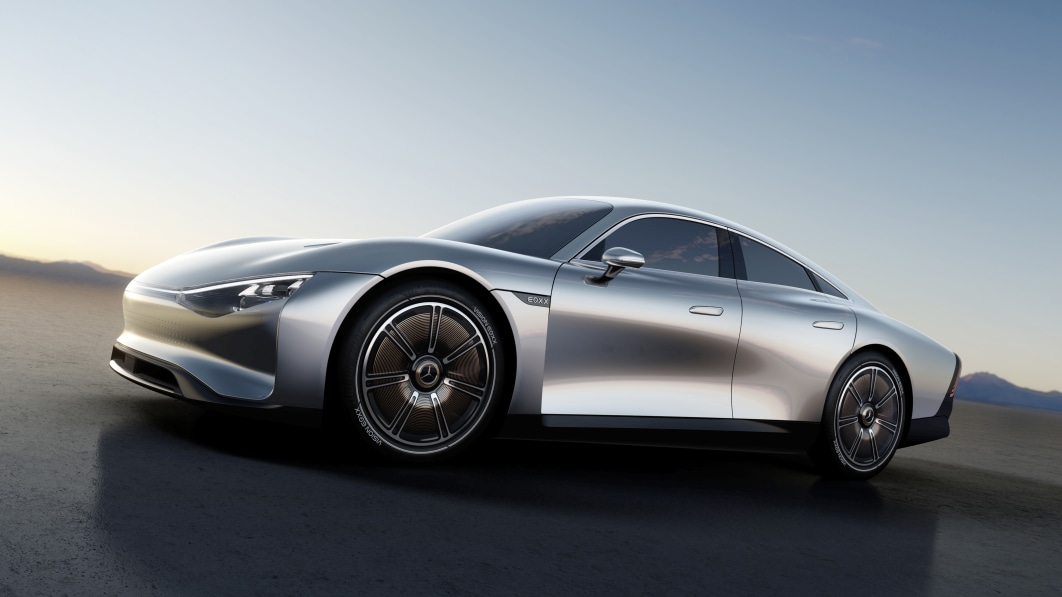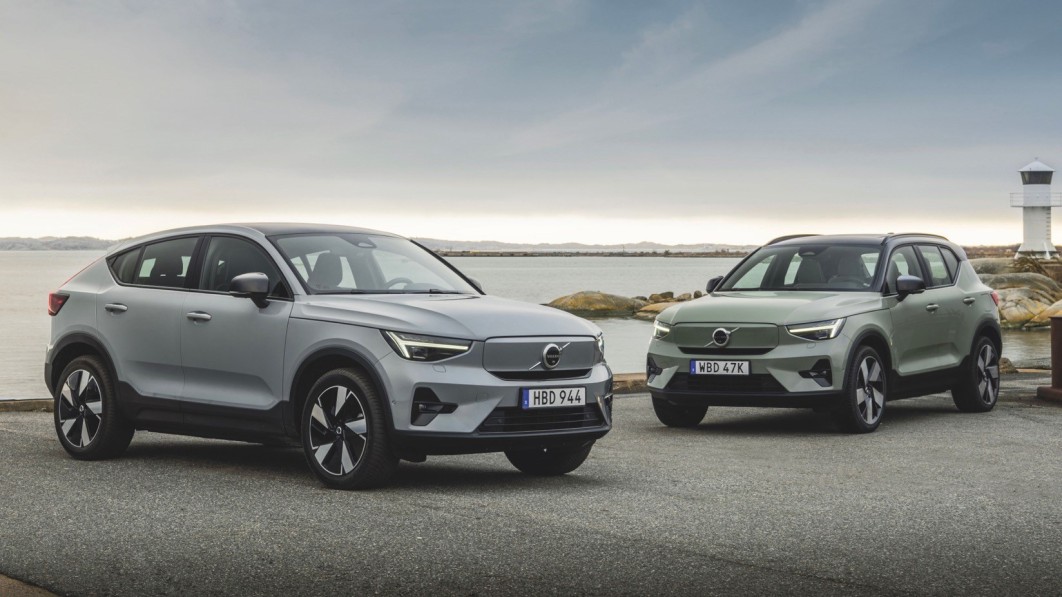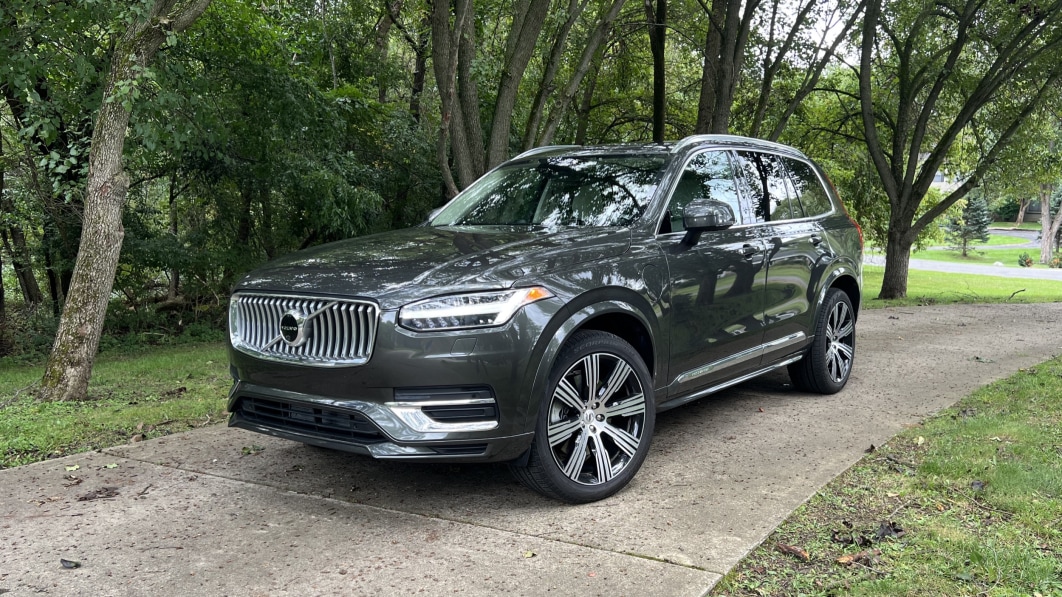4D imaging radar enables cars to detect and classify objects such as other vehicles and vulnerable road users on highways and in complex urban scenarios and at distances of up to 300 meters. |
NIO US
|
NIO HK
|
NIO SG

(Image credit: CnEVPost)
Dutch-headquartered computer chip maker NXP Semiconductors (NASDAQ: NXPI) today announced that Chinese electric vehicle (EV) maker NIO (NYSE: NIO) will adopt its 4D imaging radar solution, which offers benefits far beyond those of traditional radar.
4D imaging radar will significantly improve the performance of front radar in today's vehicles, and NXP's imaging radar technology extends the functionality of radar from measuring range and speed to include direction, angle of arrival and elevation measurement, the chipmaker said.
These vehicles will be able to detect and classify objects such as other vehicles and vulnerable road users on highways and in complex urban scenarios and at distances of up to 300 meters, bringing greater road safety and driving comfort to end users, according to a press release.
Fine-resolution point clouds enhance environmental mapping and scene understanding, enabling the detection and classification of objects beyond the range of human vision while measuring object speed in virtually all weather and light conditions, according to NXP.
The technology is a key step in improving road safety and saving lives by allowing a car to "see" a motorcycle traveling close to a large delivery truck or a child entering the road between parked cars.
NXP's imaging radar solutions are ideal for advanced, high-performance front radar applications, it said, adding that as part of NXP's full family of radar products, they offer seamless performance scalability and software and hardware design reuse across radar platforms.
The combined radar processor and transceiver chipsets provide efficient advanced radar processing and high-performance RF technology to support Level 2+ and higher-level autonomous driving services, NXP said.
"Together with NXP, we’ll be able to take the next step toward improving driver experiences," said Kevin Pan, assistant vice president of NIO supply chain development.
In China, EV makers rely on vision cameras as well as LiDARs for assisted driving sensors. The mainstream technology route is vision-based, with millimeter-wave radar and LiDARs providing assistance.
4D imaging radar, as an extension of millimeter wave technology, provides the ability to accurately measure height, which can effectively complement the advantages of vision sensors and improve the recognition of stationary and hidden targets in critical scenarios.
As for the cost, the mature automotive electronics industry chain and manufacturing process provide a broad room for improvement after 4D imaging radar is mass-produced on a large scale.
In addition to the partnership with NXP, NIO Capital, with William Li, founder, chairman and CEO of NIO, as a managing partner, invested in SinPro, a local Chinese 4D imaging radar manufacturer, last month.
SinPro announced on April 12 that it had closed a series A funding round of several hundred million RMB, led by NIO Capital and an investment fund under Xiaomi.
The emergence of 4D imaging radar technology will drive smart cars in a safer and smarter direction, Ian Zhu, another managing partner at NIO Capital, said at the time.
NIO plans to launch EV priced below 30,000 euros in Europe, report says
The post NIO to adopt NXP's 4D imaging radar that provides greater road safety appeared first on CnEVPost.
For more articles, please visit CnEVPost.




 Hyundai’s affiliate technology supplier, Hyundai Mobis, has shown its e-Corner modular steering and propulsion system for EVs in real-world testing, and it’s just released a bit more about what the system will allow dynamically. Put simply, it could dramatically change the maneuverability of electrified urban vehicles, driven or not...
Hyundai’s affiliate technology supplier, Hyundai Mobis, has shown its e-Corner modular steering and propulsion system for EVs in real-world testing, and it’s just released a bit more about what the system will allow dynamically. Put simply, it could dramatically change the maneuverability of electrified urban vehicles, driven or not... 



